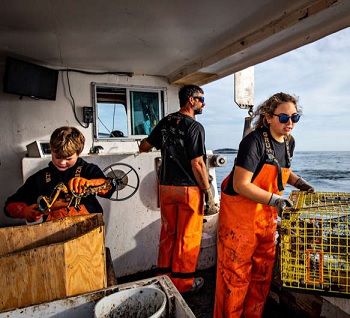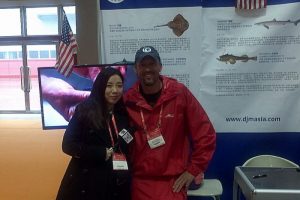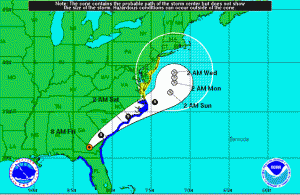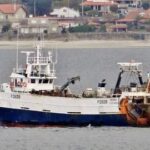Tag Archives: Bob Steneck

UMaine researcher who helped reshape marine science in Maine retires
When Bob Steneck came to the University of Maine in 1982, there were few marine ecologists in the state, and none interacted with fishermen. He was among the first in Maine to work with lobstermen on research, traveling with them on their boats, diving to the seafloor to study lobsters and sharing his findings with them. At that time, there was a scientific consensus that the lobster population in the Gulf of Maine was declining. By working with lobstermen and diving down to the depths of the gulf, Steneck showed that the population was actually on the rise. Steneck’s work and that of his students and colleagues helped propel an expansion of and change in how lobster fisheries research is conducted in Maine. Over the preceding decades, Steneck’s students continue collaborating with lobstermen and other fishermen on their studies. >>click to read<< 10:05

Maine’s having a lobster boom. A bust may be coming.
The waters off Maine’s coast are warming, and no one knows what that’s going to mean for the state’s half-billion-dollar-a-year lobster industry, the largest single-species fishery in North America. Some fear that continued warming could cause the lobster population to collapse. The Gulf of Maine, an ocean body brimming with marine life, is cradled by Cape Cod in the south and the Bay of Fundy in the north, and bounded in the east by two underwater shoals, George’s Bank and Brown’s Bank. In 2015, climate scientist Andy Pershing, formerly of the Portland-based nonprofit Gulf of Maine Research Institute, published a paper in Science concluding that the gulf was warming faster than “99% of the global ocean.” That eye-popping revelation was enough to keep fisheries managers and a whole lot of Mainers awake at night. >click to read< 16:27











































